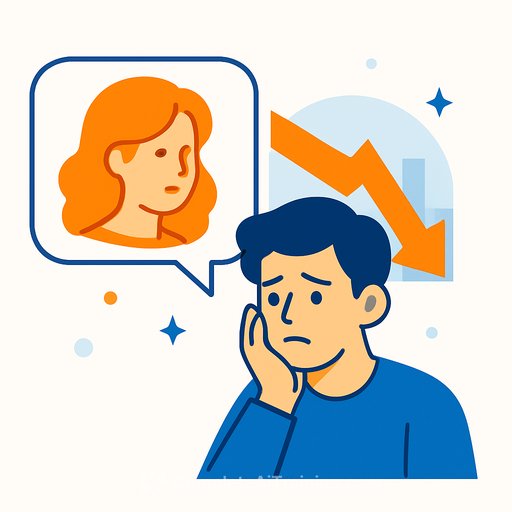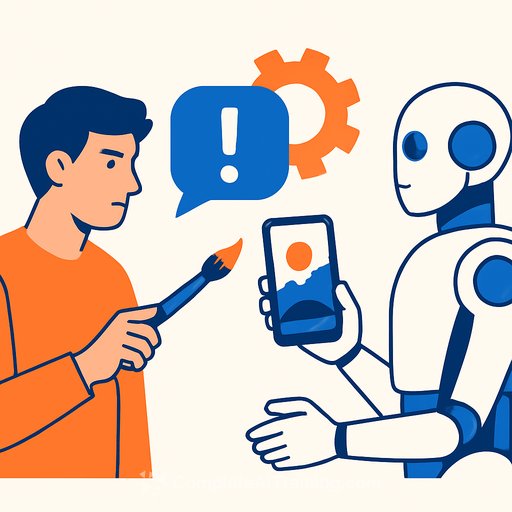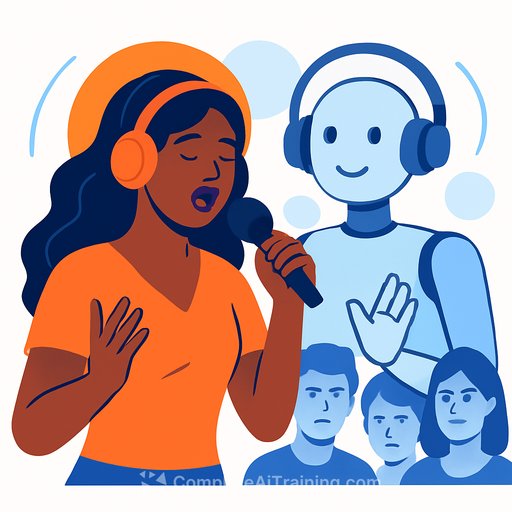Evolving Agencies: AI is pushing creatives back to the front
Indie agencies are leaning hard into AI to optimize both media and creative - and creatives are getting pulled back into the center of performance. The shift started with marketing mix modeling on the media side. Now it's moving into creative, where the "why" behind an ad's performance gets clearer and more actionable.
MissionOne Media just launched M1 Refinery, a creative insights engine that analyzes performance across platforms and ties it to specific creative elements. It's built primarily on Google Gemini with in-house tech layered on top.
What this means for creative teams
Instead of "this version won," you get "this version won because it used product close-ups, warm colors, and 6-10 second cuts for this audience." M1 Refinery looks at up to 200 elements - product type, color, emotion, props, location, language, video length - across Google, Meta, TikTok, and YouTube, then maps them to KPIs so you see what actually moves ROAS, CTR, and awareness.
Sean Corcoran, president of MissionOne Media, said the goal is to pinpoint the elements that work across KPIs, from lower to upper funnel, and do it cross-platform. That gives creatives a clear brief: keep what performs, kill what doesn't, and build variations with intent.
Proof: fast lifts and oddly useful insights
Early testing showed a 22% lift in ROAS for a beauty client on Meta, and a 20% higher CTR after a single refinement cycle. That's not a small tweak - that's fewer guesses and more wins.
Matt Zeiger, svp of technology at MissionOne Media, shared a curveball insight: video ads with house plants in the background predicted higher ROAS. Small set choices can swing outcomes. The lesson: tag and test the "minor" details too - props, background textures, even lighting style.
Media learning needs to feed creative - quickly
Swapnil Patel, co-president at Attention Arc, summed it up: media often optimizes toward performance, but those learnings need to loop back into strategy, creative, and production. If an audience responds to a specific message, ideate from it, then check what's feasible to produce at scale. That's how velocity compounds.
The broader indie trend
Ars X Machina is pushing Agile Mix Modeling - more proof that independent agencies are beefing up analytics across media and creative. Many expect a wave of mid-sized clients to leave holding companies. Translation for creatives: more briefs, more autonomy, and a higher bar for creative that can be tested, tagged, and iterated fast.
How to adapt your creative workflow now
Build a testable creative system:
- Define your variable set: product angle, framing, color palette, emotion, hook line, UGC vs. polished, CTA style, length, captions, props, environment.
- Create a shared taxonomy and asset naming: element-value-KPI. If you can't tag it, you can't learn from it.
- Standardize aspect ratios and safe zones so variations port cleanly across Google, Meta, TikTok, YouTube.
Run weekly sprints:
- Week 1: Launch a base set of 6-8 variations tied to one KPI. Keep one control ad.
- Week 2: Kill bottom 30%, double down on top 20%, introduce 2-3 new variants from the winning pattern.
- Repeat. Every cycle should teach you one new rule to keep or break.
Tighten the media-creative loop:
- Set a standing 30-minute "performance retro" with media, strategy, and production.
- Translate every insight into a creative action (e.g., "warm color + product-in-hand" = 3 new concepts this week).
- Document learnings in a living playbook: what works by audience, platform, and funnel stage.
Practical cues creatives can test this month
- Backgrounds: natural elements (plants, wood) vs. studio flat color.
- Openers: benefit-first hook vs. problem-first hook in the first 2 seconds.
- Shot types: hand demo vs. face-to-camera vs. product macro.
- Tempo: 6-10 seconds vs. 15 seconds, with and without supers.
- CTA specificity: "Shop the serum" vs. "Learn more."
- Subtle props: see the "house plants" effect - pick 3 props and rotate.
Metrics to align on before you produce
- Primary KPI by funnel stage (ROAS, CPA, CTR, view-through, reach quality).
- Minimum learning budget per variant so results are real, not noise.
- Kill rules and promote rules (e.g., pause underperformers after 2k impressions and no movement).
Why this is good for creatives
You get a clearer brief, faster feedback, and a growing library of proven patterns. You also get a stronger voice in strategy - because the data is finally granular enough to guide art direction, scripting, and production choices without guesswork.
Want to skill up fast?
If you're building an AI-aware creative workflow, bookmark core concepts like marketing mix modeling, and get hands-on with tools using models like Gemini. For structured upskilling, see curated options for creative roles at Complete AI Training.
Your membership also unlocks:






